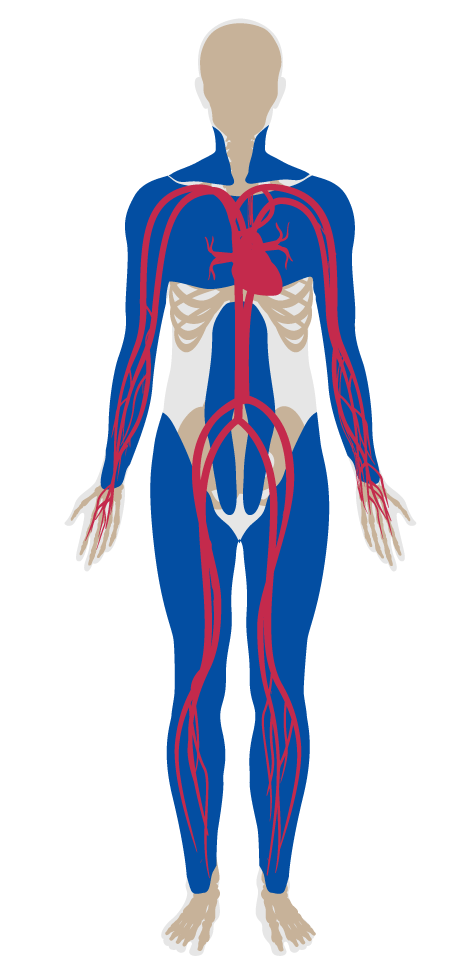Interior fitness circulation
64. Interior fitness circulation
Interior pathways and stairs can provide a convenient and healthy means of small amounts of physical activity. To encourage greater use, these paths and stairs should be aesthetically pleasing and connected to high-traffic routes.
This feature employs prominent designs and appealing aesthetics to promote the use of stairs and walking paths and to discourage reliance on elevators.
At least one of the following requirements is met:
In buildings of 4 or fewer floors, at least one staircase meets the following requirements:
Both stairs and paths of frequent travel display elements of aesthetic appeal by incorporating at least 2 of the following:

Applicability Matrix
| Core & Shell | Tenant Improvement | New Construction | |
|---|---|---|---|
| Part 1: Active Workstations | - | O | O |
| Part 2: Stair Promotion | P | - | P |
| Part 3: Facilitative Aesthetics | P | - | P |
| Commercial Kitchen | Schools | Multifamily Residential | Restaurant | Retail | |
|---|---|---|---|---|---|
| Part 1: Active Workstations | - | - | - | - | - |
| Part 2: Stair Promotion | - | P | P | O | - |
| Part 3: Facilitative Aesthetics | - | P | P | O | - |
Verification Methods Matrix
| Letters of Assurance | Annotated Documents | On-Site Checks | |
|---|---|---|---|
|
PART 1 (Design) Active Workstations |
Auditor Inspection | ||
|
PART 2 (Design) Stair Promotion |
Auditor Inspection | ||
|
PART 3 (Design) Facilitative Aesthetics |
Auditor Inspection |
| 64.1.a |
LEED v4 Pilot Credit 78: Design for Active Occupants for primary staircase(s) includes classifying regularly occupied floors for re-entry, allowing all building users to access them, and providing access via stairs to at least 50% of the tenant floors. |
| 64.2.a |
LEED v4 Pilot Credit 78: Design for Active Occupants includes a requirement for a main staircase to be located within 25 ft of any edge of the lobby. |
| 64.2.b |
LEED v4 Pilot Credit 78: Design for Active Occupants includes a requirement to locate a main staircase that is visible before occupants encounter elevators and/or escalators. |
| 64.3.c |
LEED v4 Pilot Credit 78: Design for Active Occupants requires some features, one of which is the provision of daylighting with windows and/or skylights that are at least 8 square feet. |
| 64.1.b |
NYC Active Design Guidelines: Promoting Physical Activity and Health in Design recommends including permanent signage encouraging stair use, to be integrated with the building’s wayfinding program. |
| 64.2.c |
NYC Active Design Guidelines recommends a strategy for making stairs wide enough for traveling in groups, or in two directions, a width of at least 56 inches can comfortably accommodate this. |
| 64.3.a |
NYC Active Design Guidelines recommends strategies for encouraging stair use through a number of methods, including the incorporation of artwork into the stair environment. |
| 64.3.b |
NYC Active Design Guidelines recommends strategies for encouraging stair use through a number of methods, including adding music to stairwells. |
| 64.3.d |
NYC Active Design Guidelines recommends strategies for encouraging stair use through a number of methods, including highlighting interesting views onto nature or interior areas. |
